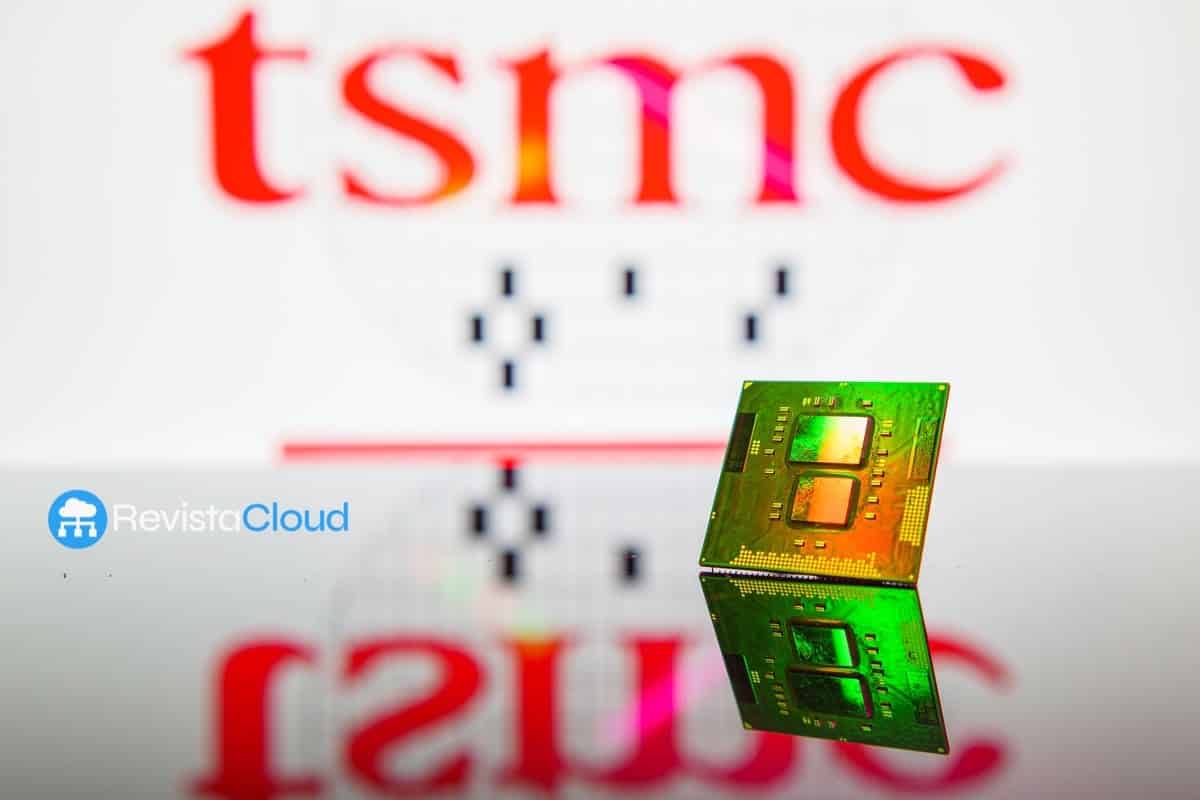The semiconductor industry is facing a significant shift as part of its production moves to the United States. Taiwanese TSMC, the world’s largest chip manufacturer, has alerted its strategic partners — including AMD, NVIDIA, Intel, and Apple — about a 30% increase in production costs for chips made on U.S. soil, a figure that could directly impact the final prices of tech products.
This cost increase occurs in a context where the United States seeks to reduce its dependency on Asia to ensure its technological autonomy in the face of geopolitical threats, such as tensions between China and Taiwan. However, this decision carries serious economic and strategic implications.
Production in Arizona: Costs and Projections
TSMC’s warning coincides with the launch of its first plant in Arizona (FAB 1), which is already producing 12-inch wafers and is expected to reach a capacity of 20,000 units per month by mid-2025. In this initial phase, the chips produced will be aimed at the company’s main clients: AMD, Qualcomm, NVIDIA, and Apple, while Intel will play a secondary role in the supply chain.
However, the main challenge lies in the production costs, which will be significantly higher compared to TSMC’s factories in Taiwan. According to reports, the key factors driving this increase are:
- High tariffs: Trade protectionism in the U.S. raises the cost of local production.
- Transportation costs: The logistics and transport of specialized equipment also increase expenses.
Why Bet on the U.S.?
The drive to relocate part of TSMC’s production to the United States stems from a strategy promoted by former President Donald Trump, and continued by his successor, to reduce dependency on Taiwan and counter the unfair competition from China and South Korea, where state aid enables artificially low prices.
Additionally, the U.S. seeks to reduce the lag time between the introduction of advanced technologies in Taiwan and their production in America. Currently, cutting-edge chips first arrive from Taiwanese factories and take longer to be produced elsewhere. By 2030, TSMC plans to close this time gap and produce the most advanced nodes in Arizona.
Future Phases of TSMC in Arizona
TSMC’s plans for Arizona are ambitious and span the next decade. The first plant (FAB 1) will manufacture chips with 5 nanometer nodes in its early stages, but the subsequent steps include:
- FAB 2 (2028): Production of chips with 2 nm technology (N2P).
- FAB 3 (2030): Manufacturing of the A16 node, one of the most advanced technologies expected by that date.
This growth is part of an effort to build a technology ecosystem on U.S. soil that can compete with Asian powers. However, the high initial costs could negatively impact the global competitiveness of chips manufactured in the U.S.
Implications for the Tech Industry
The 30% increase in production costs will have direct consequences on the prices of final products. According to analysts, companies have two options:
- Increase prices globally to avoid disparities between the U.S. and Asian markets.
- Absorb part of the additional cost, which could reduce their profit margins.
Both options present challenges. A price increase could affect demand for tech products in a market already sensitive to inflation, while absorbing costs would impact the profitability of companies like NVIDIA, AMD, or Apple.
Competition with China and Korea
While the U.S. is aiming to reduce its dependence on Asia, competitors like China and South Korea continue to expand their semiconductor manufacturing capacity with an aggressive focus on cost reduction. The competitiveness of these countries could force TSMC and its clients to seek innovative strategies to maintain their market share.
In this scenario, U.S. initiatives such as eliminating tariffs or subsidizing local manufacturing could be crucial to mitigate the high initial costs. However, this may require greater government support and international agreements to ensure a balance in the industry.
Conclusion: Is the U.S. Strategy Sustainable?
TSMC’s expansion in the United States represents an important step towards technological autonomy, but it is not without challenges. The 30% increase in production costs raises questions about the long-term sustainability of this strategy and its impact on the prices of tech devices.
In an increasingly semiconductor-dependent world, the ability to balance costs, efficiency, and autonomy will be crucial to maintaining global competitiveness. As geopolitical tensions and market demands grow, the success of this endeavor will depend on the U.S.’s ability to create a competitive environment that fosters innovation and cost reduction on its territory.

